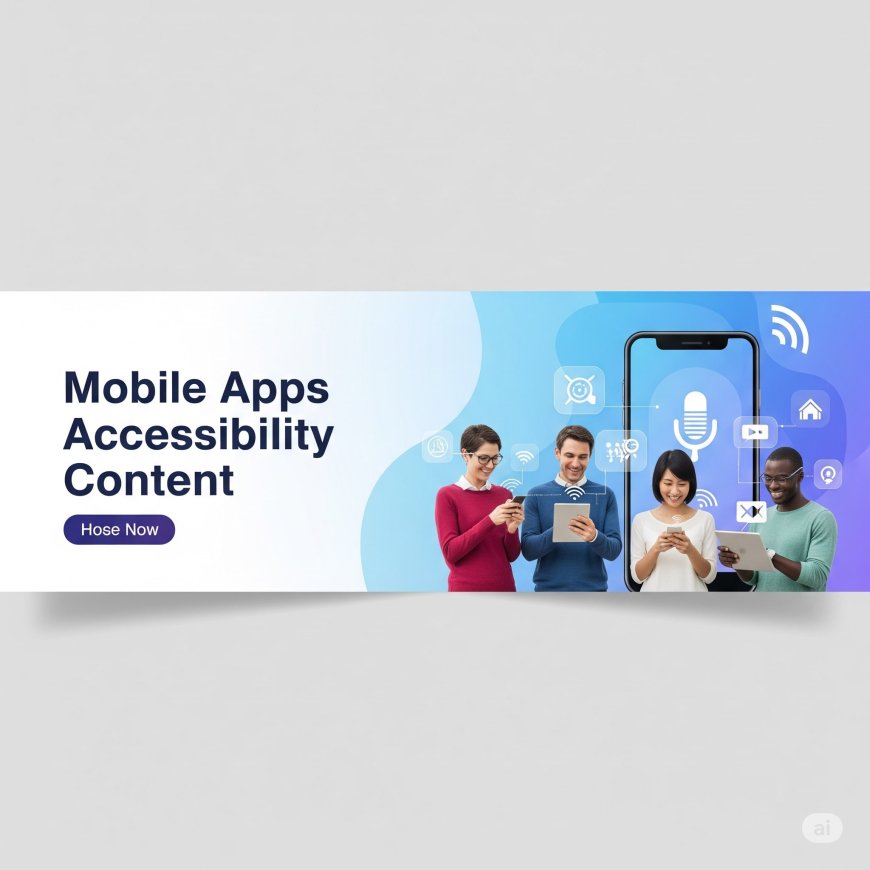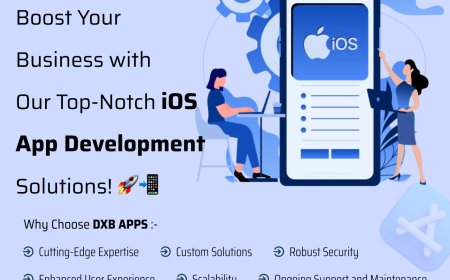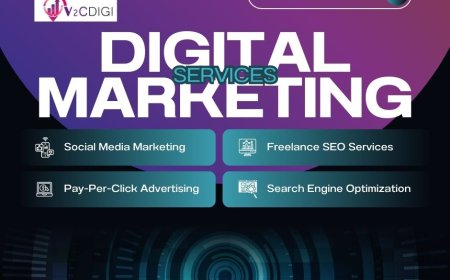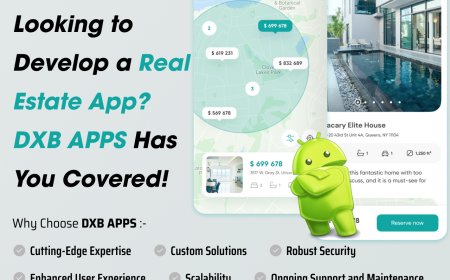Designing Mobile Apps for Accessibility: Why It Matters
Discover why accessible mobile app design matters, from legal compliance to improved UX and innovation. Learn key principles and best practices for inclusive digital experiences.

Modern users need apps as essential tools that support communication functions alongside financial services, healthcare delivery, and educational activities. The population that faces various disability types, including visual impairment, auditory challenges and cognitive limitations, and motor disabilities, currently exceeds millions of users who lack access to digital encounters because of insufficient design.
Design for accessibility provides a stronger user experience for everybody while remaining both an ethical and legal requirement. App developers and designers who establish inclusivity as their main priority produce applications that are usable and truly invite all users.
The implementation of accessibility features helps prevent anyone from getting excluded and encourages developers to develop solutions beyond their original expectations.
What Is Accessibility in App Design?
The process of usability improvement in mobile app development specifically targets maximum user access, including users with disabilities and impairment needs. It ensures that users can:
-
Users must follow two options to navigate through interfaces, either by using screen readers or keyboard controls.
-
Users can access information through different formats, such as text captions and alt text descriptions.
-
All users can understand interfaces with organized structures and high-contrast visual elements.
-
Users should have the ability to operate app features through different assistive technology tools.
-
The practice of accessibility enhances equal access to all types of information and service features by removing obstructions for users.
Key Principles of Accessible Design
The four primary principles that guide accessible design in mobile applications are known as POUR because they represent the concepts perceivable, operable, understandable, and robust.
-
Perceivable
All elements of content must be presented by app developers through perceivable design methods that users can understand, no matter their limitations. Users should benefit from proper color contrast for easy reading, alt text for all pictures, and captions with supplementary audio and video content.
-
Operable
Users find it simple to navigate and interact through operable interfaces that provide efficient access. The design features of premium app development companies support complete keyboard navigation, and abstain from time-restricted tasks or provide pause controls in addition to using touch targets.
-
Understandable
The human interface becomes understandable when users can quickly learn its operating principles and execute their tasks correctly. Users benefit from an enjoyable experience through the practice of keeping verbalization simple while offering step-by-step guidance, together with meaningful feedback.
-
Robust
Robust design creates interfaces that work well with various assistive technologies used by users. Maintenance of accessible design by app agencies usually requires adherence to semantic HTML structure, testing screen reader and voice command system compatibility.
Why Accessibility Matters in Mobile App Development Design
-
It's a Legal Requirement
Lawmakers in multiple regions have made accessibility a necessary requirement for all products. Digital products must be accessible to users with disabilities according to the Americans with Disabilities Act and Section 508 within the United States. Noncompliance exposes your brand to financial penalties alongside lawsuits, along with severe damage to your reputation in the market.
-
It Expands Your User Base
Disabled populations amount to more than 1 billion individuals who reside across the globe. Accessibility in product design helps companies prevent the exclusion of key target users who belong to their potential audience. The inclusion of inclusive design techniques makes your company accessible to users possessing different abilities, which grows your audience reach.
-
It Improves Overall UX
The addition of accessibility features produces benefits that improve universal user experience beyond explicitly helping disabled users. The features of voice commands and closed captions together with simplified navigation, help users in various everyday situations such as sunny outdoors and noisy spaces. Design features that benefit users with disabilities provide accessibility, which represents quality.
-
It Reflects Brand Values
Modern users select brands that demonstrate inclusivity and show empathy toward their customers. Accessible design implementation demonstrates that your organization deeply cares about equality and puts human experiences first. Users feel more confident about your company because accessible design develops their trust along with brand loyalty which makes your company image stronger.
-
It Supports Aging Populations
Older consumers frequently experience modifications in their hearing abilities and vision, along with changes in their motor functions. The creation of accessible interfaces enables aging users to keep using digital products without difficulty or doubt. The need for accessibility provides protection against population aging throughout the worldwide community.
-
It Drives Innovation
Three features we commonly use today, such as voice assistants, auto-captioning, and predictive text, stemmed from their original role as accessibility solutions. Design efforts that integrate accessibility purposes produce innovative solutions that deliver advantages to all users. Moreover, companies can drive greater revenue from these digital solutions, targeting inclusivity for all.
Final Thoughts
Accessible design goes beyond one-time checklists because it should become an integral part of development throughout all developmental phases. The implementation of inclusivity in apps delivers greater benefits to users, besides adherence to standards and wider reach to users.








































